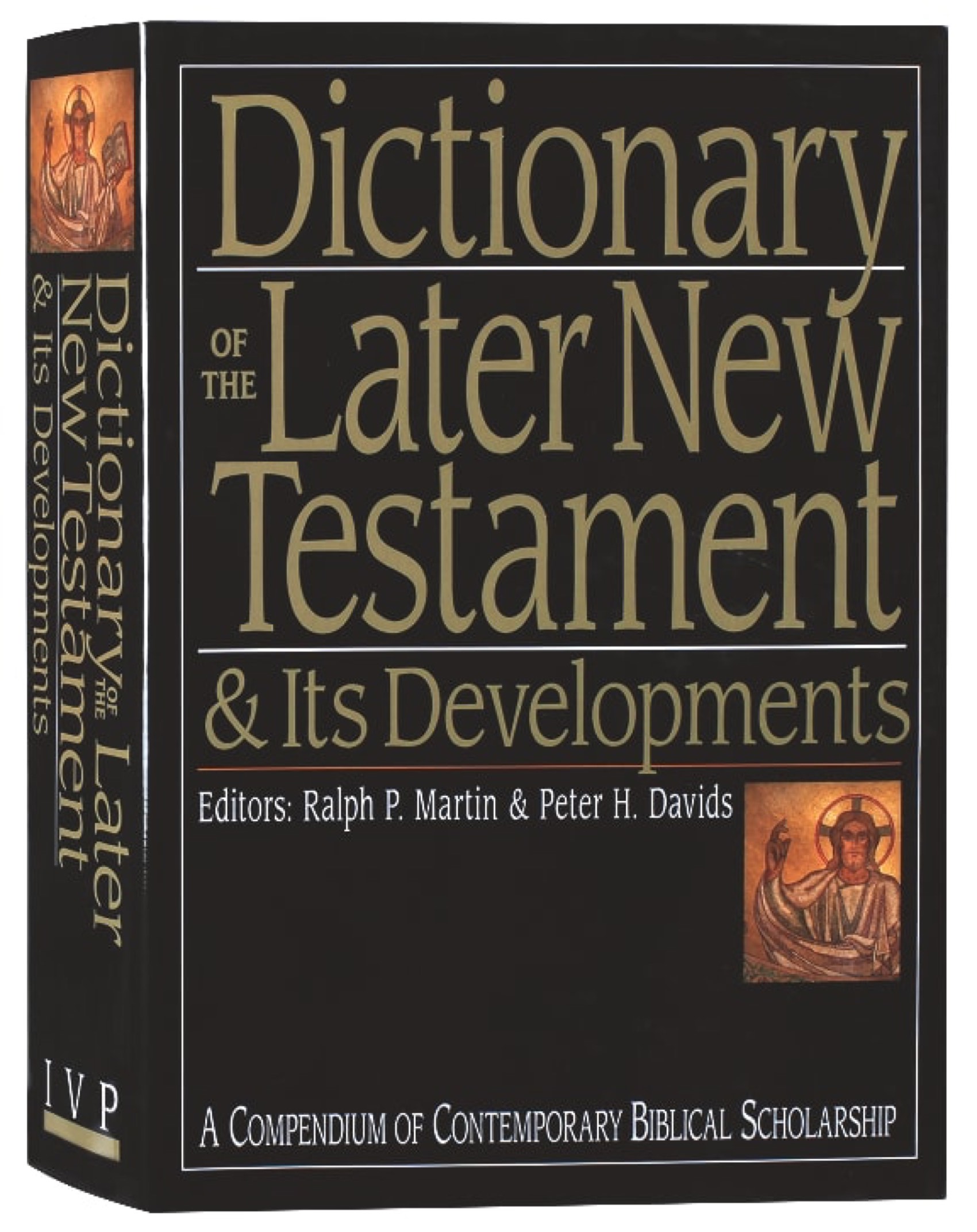DICTIONARY OF THE LATER NEW TESTAMENT AND ITS DEVELOPMENTS
Summary of “Dictionary of the Later New Testament and Its Developments”
The “Dictionary of the Later New Testament and Its Developments”, edited by Ralph P. Martin and Peter H. Davids, is a comprehensive reference work that explores the remaining books of the New Testament beyond the Gospels and Paul’s letters. This includes Acts, Hebrews, the General Epistles (James, Peter, John, and Jude), and Revelation, along with discussions on early Christian writings and the development of the early church up to the mid-second century.
⸻
1. Purpose and Structure of the Dictionary
• The dictionary serves as a scholarly yet accessible reference for understanding the historical, theological, and literary aspects of the later New Testament books.
• It addresses key themes, historical figures, theological debates, and cultural influences that shaped early Christianity.
• It is structured into alphabetical articles, each providing background, interpretation, and theological significance of topics related to these books.
⸻
2. Key Themes Covered in the Dictionary
a) The Historical and Cultural Context of the Later New Testament Books
• Discusses the Roman, Jewish, and Hellenistic influences on early Christian writings.
• Provides insights into early Christian communities and their struggles, particularly regarding persecution, theological debates, and church leadership.
b) Theological Concepts and Literary Analysis
• Explores key theological themes such as faith, grace, suffering, judgment, and eschatology.
• Analyzes the structure, purpose, and audience of books like Hebrews, James, and Revelation.
c) The Development of Early Christianity
• Examines the transition from apostolic Christianity to the early church fathers.
• Discusses the formation of the New Testament canon and early Christian doctrinal debates.
⸻
3. Importance of the Dictionary
• Provides detailed historical and literary context for interpreting the later New Testament writings.
• Bridges the gap between biblical scholarship and theological study, making it valuable for students, pastors, and scholars.
• Offers a comprehensive reference on how early Christianity evolved after the time of Jesus and Paul.
⸻
Conclusion
The “Dictionary of the Later New Testament and Its Developments” is an essential resource for those studying the historical background, theological themes, and literary structures of the later books of the New Testament. It provides a scholarly yet accessible guide to understanding the development of early Christianity and its writings.
